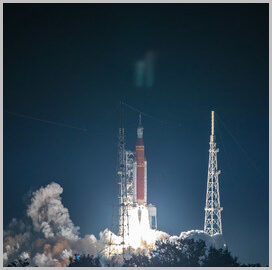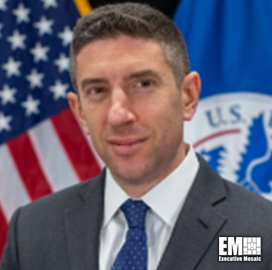Oak Ridge National Laboratory has granted Safire Technology Group exclusive rights to commercialize a lithium-ion battery safety additive developed at the Department of Energy-funded research institution.
ORNL invented the SAFe Impact Resistant Electrolyte, which Safire intends to market for use in electric vehicles, and authorized access to five patents for the technology under a licensing deal, the venture-backed company said Tuesday.
The additive works to solidify liquid electrolytes upon kinetic impact and avert fire and explosion in the event of an EV crash. It is designed for ground as well as vertical takeoff and landing aircraft, and other electric-powered defense equipment.
A team of ORNL researchers produced the technology in collaboration with the University of Rochester using funds from the laboratory and the Advanced Research Projects Agency-Energy.
The government-backed development project and a Fedtech-sponsored commercialization initiative led to the formation of Safire.











